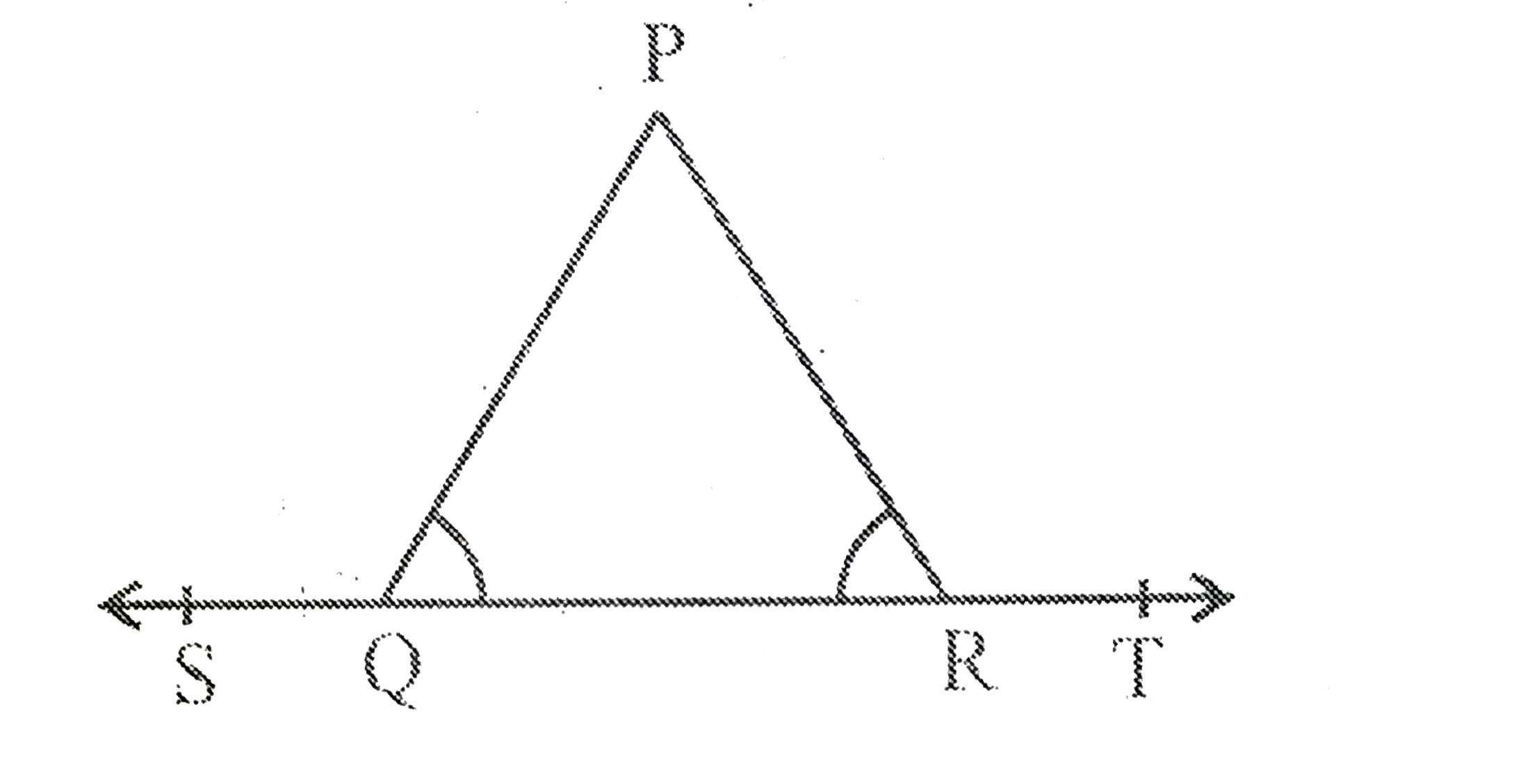If p+iqr+is=x+iy , prove that p−iqr−is=x−iyandp2+q2r2+s2=x2+y2 ,where p,q,r,s,x,y,∈R
To prove the given statements, we start with the equation:
p+iqr+is=x+iy
Step 1: Taking the Conjugate
We take the conjugate of both sides of the equation. The conjugate of a complex number z=a+ib is ¯¯¯z=a−ib. Thus, we have:
¯¯¯¯¯¯¯¯¯¯¯¯¯¯¯¯¯¯¯¯¯¯¯¯(p+iqr+is)=¯¯¯¯¯¯¯¯¯¯¯¯¯¯¯¯¯¯¯(x+iy)
Using the property of conjugates for fractions, this becomes:
p−iqr−is=x−iy
Step 2: Proving the First Part
From the above step, we have shown that:
p−iqr−is=x−iy
This proves the first part of the statement.
Step 3: Finding the Magnitudes
Next, we need to prove the second part:
p2+q2r2+s2=x2+y2
Step 4: Multiplying the Two Equations
We will multiply the two equations we have:
1. p+iqr+is=x+iy (Equation 1)
2. p−iqr−is=x−iy (Equation 2)
Multiplying these two equations gives:
(p+iqr+is)⋅(p−iqr−is)=(x+iy)(x−iy)
Step 5: Simplifying the Left Side
The left side simplifies as follows:
(p+iq)(p−iq)(r+is)(r−is)=p2+q2r2+s2
Step 6: Simplifying the Right Side
The right side simplifies using the difference of squares:
(x+iy)(x−iy)=x2−(iy)2=x2+y2
Step 7: Equating Both Sides
Now we have:
p2+q2r2+s2=x2+y2
This proves the second part of the statement.
Conclusion
Thus, we have proved both parts:
1. p−iqr−is=x−iy
2. p2+q2r2+s2=x2+y2
We take the conjugate of both sides of the equation. The conjugate of a complex number z=a+ib is ¯¯¯z=a−ib. Thus, we have:
From the above step, we have shown that:
Next, we need to prove the second part:
We will multiply the two equations we have:
2. p−iqr−is=x−iy (Equation 2)
The left side simplifies as follows:
The right side simplifies using the difference of squares:
Now we have:
Thus, we have proved both parts:
2. p2+q2r2+s2=x2+y2
Topper's Solved these Questions
- COMPLEX NUMBERS AND QUADRATIC EQUATIONSBOOK - AAKASH INSTITUTE ENGLISHCHAPTER - COMPLEX NUMBERS AND QUADRATIC EQUATIONSEXERCISE - Try Yourself
60 Videos
- COMPLEX NUMBERS AND QUADRATIC EQUATIONSBOOK - AAKASH INSTITUTE ENGLISHCHAPTER - COMPLEX NUMBERS AND QUADRATIC EQUATIONSEXERCISE - Assignment (Section -A) (objective Type Questions ( one option is correct)
47 Videos
- BINOMIAL THEOREMBOOK - AAKASH INSTITUTE ENGLISHCHAPTER - BINOMIAL THEOREMEXERCISE - Assignment (section-J) Objective type question (Aakash Challengers Questions)
4 Videos
- CONIC SECTIONSBOOK - AAKASH INSTITUTE ENGLISHCHAPTER - CONIC SECTIONSEXERCISE - SECTION - J ( Aakash Challengers Questions )
16 Videos
Similar Questions
if p:q::r, prove that p:r=p2:q2.
View SolutionIf P + Q = R and P - Q = S, prove that R2+S2=2(P2+Q2)
View SolutionIf a=xyp−1, b=xyq−1 and c=xyr−1 , prove that aq−rbr−p cp−q=1
View Solutionif q is the mean proportional between p and r, prove that :
p2−q2+r2=q4(1p2−1q2+1r2).
View SolutionIf p, q, r are rational then show that x2−2px+p2−q2+2qr−r2=0
View SolutionIn Fig. 6.15, ∠PQR=∠PRQ, then prove that ∠PQS=∠PRT.

View SolutionIn Figure, ∠PQR= ∠PRQ, then prove that ∠PQS= ∠PRT.
View SolutionIf z=x−iy and z'13=p+iq, then 1p2+q2(xp+yq) is equal to
View SolutionIf z=x−iy and z'13=p+iq, then 1p2+q2(xp+yq) is equal to
View SolutionFor p, q∈R, the roots of (p2+2)x2+2x(p+q)−2=0 are
View Solution
